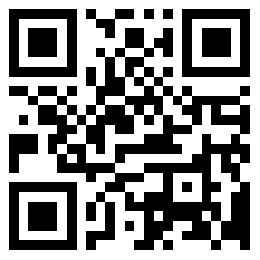Sorting out the lines is also an important part of the computer room. Why do you want to sort out the lines? It's good that they correspond to the ports one by one during the later maintenance. This is the ultimate goal of a clean line. If you say that you are happy to look happy, I will ask you why you don't go to heaven.
This is also the reason for dismissing the most construction workers. The evaluation of a worker's level of generic cabling mainly depends on his proficiency, attention, clarity and neatness in labeling.
Tools: A set of cable management clamp, cable management device, cable management rack, cable tray holder, cable clamp, cable tie, adhesive tape, crystal head and cable processing equipment.
Especially important: Tag paper.
Basic method:
1. Those who can use thread trimming tools should not use hands.
2. The connection port between the crystal head and the network cable must be seamless.
3. If you can use a wire clip, do not use a tie.
4. The label should be properly printed.
5. The label should be properly printed.
6. The label should be properly printed.
Routing skills:
The wiring of the cabinet, how to do it well, most of them have been decided in the cabinet structure design stage. The routing of general cabinets has the following skills:
1. Use cable rack. The cabinet cable rack is a 1U or 1SU sheet metal part with N teeth. The length of the teeth varies depending on network equipment The size and turning radius of the cable used.
2. Use line bridge. The so-called line bridge is a radius shaped structure protruding from the cabinet like a small bridge,. It can be understood as the protruding place on the cabinet board where the wires can be tied. Generally, the line bridge will appear in the following places: compartment partition of cabinet, column, square hole strip for installing equipment panel, etc.
3. Use winding reel. This is the same as the cable rack, which is generally used for optical fiber sorting of communication equipment.
4. Flexible use of wire feeding (routing) drum. The so-called wire entry (routing) cylinder refers to the place where the wire is routed on the subdivision bulkhead when the wire needs to be routed in different compartments. Generally, the wire entry (routing) drum is located between two compartments that need to be isolated from each other, such as between the equipment compartment and the battery compartment.
5. Use ties and labels. This is also mentioned in the basic method, which is very important. The use of ties is simple and flexible, while the labels make it easy to identify after wiring, reducing the difficulty of maintenance.
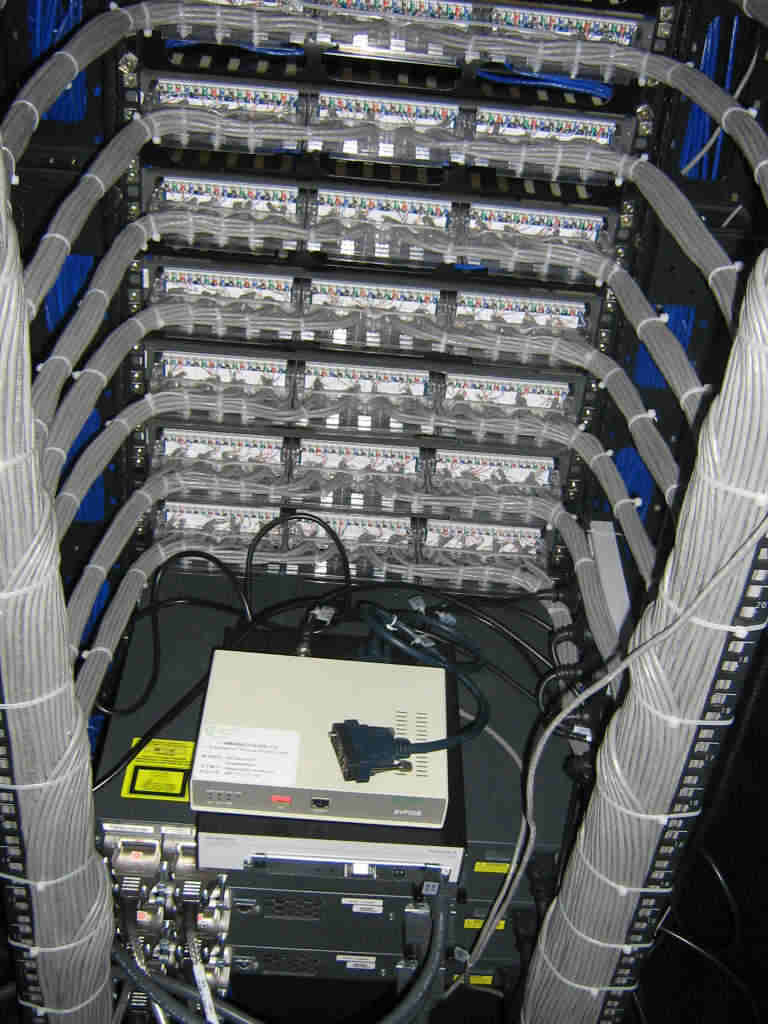
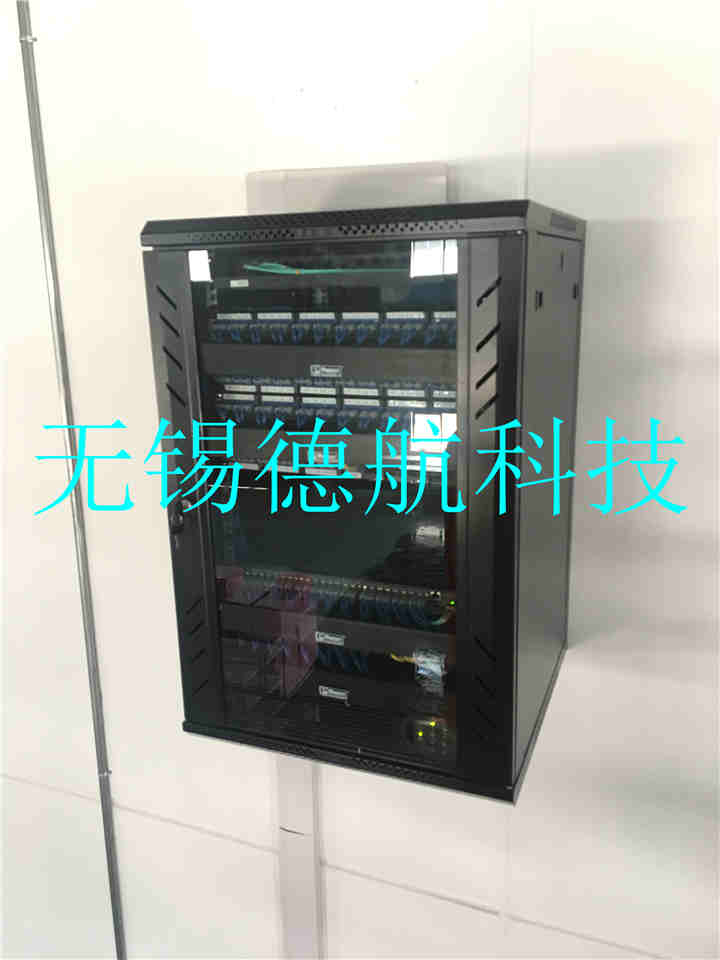
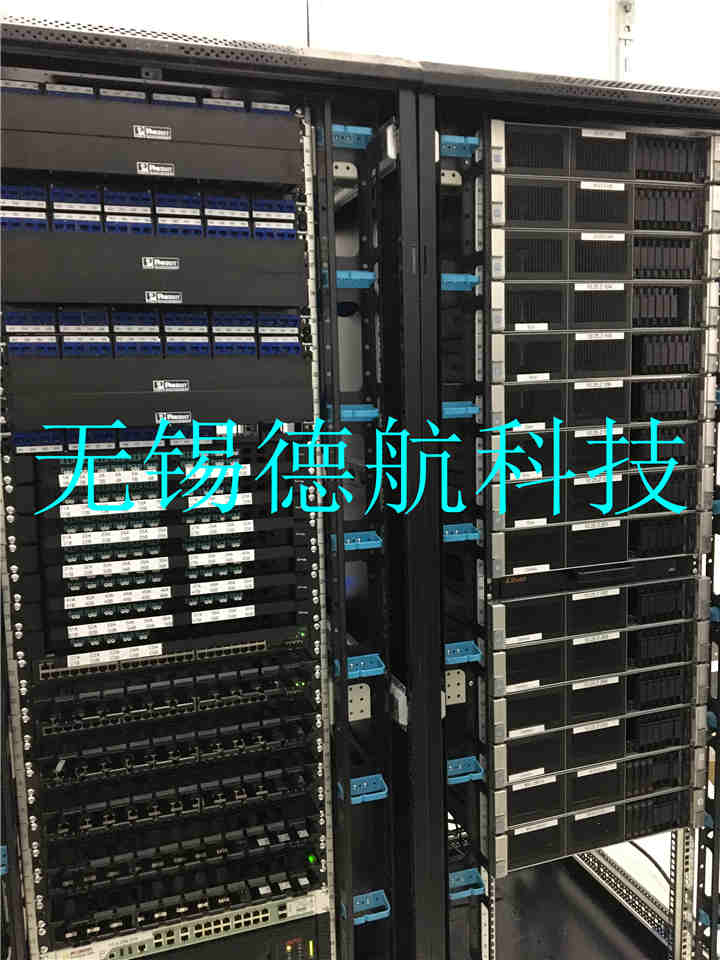
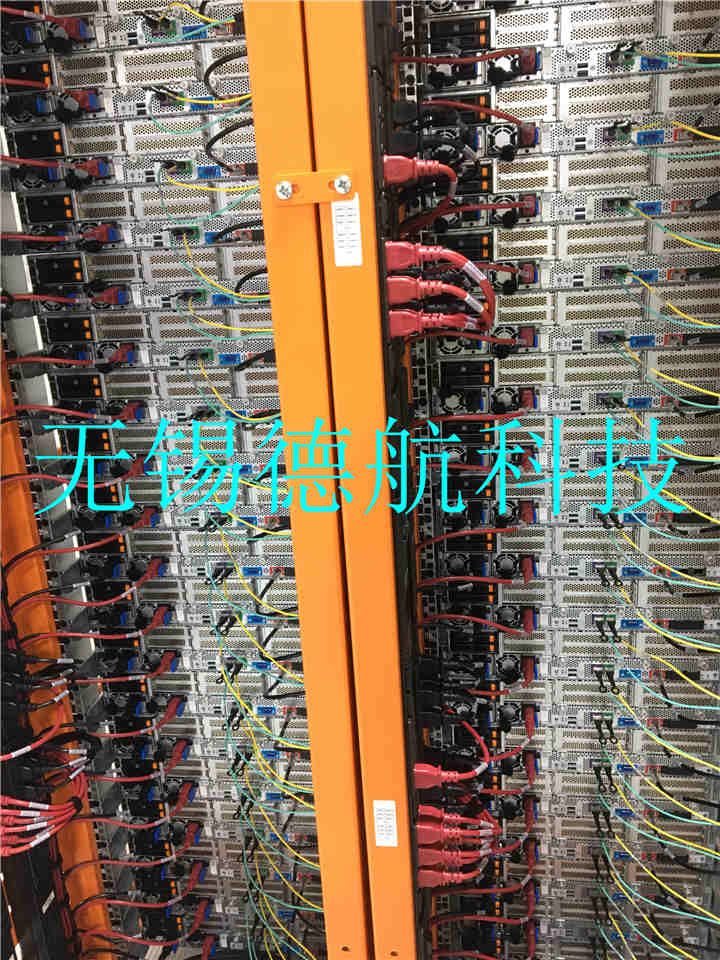
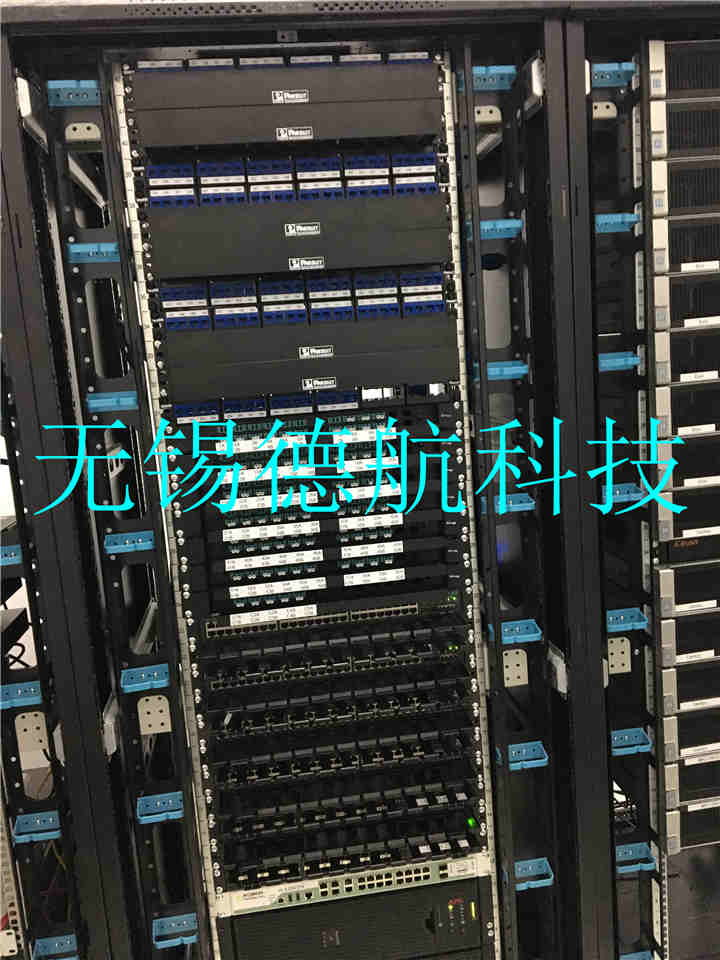
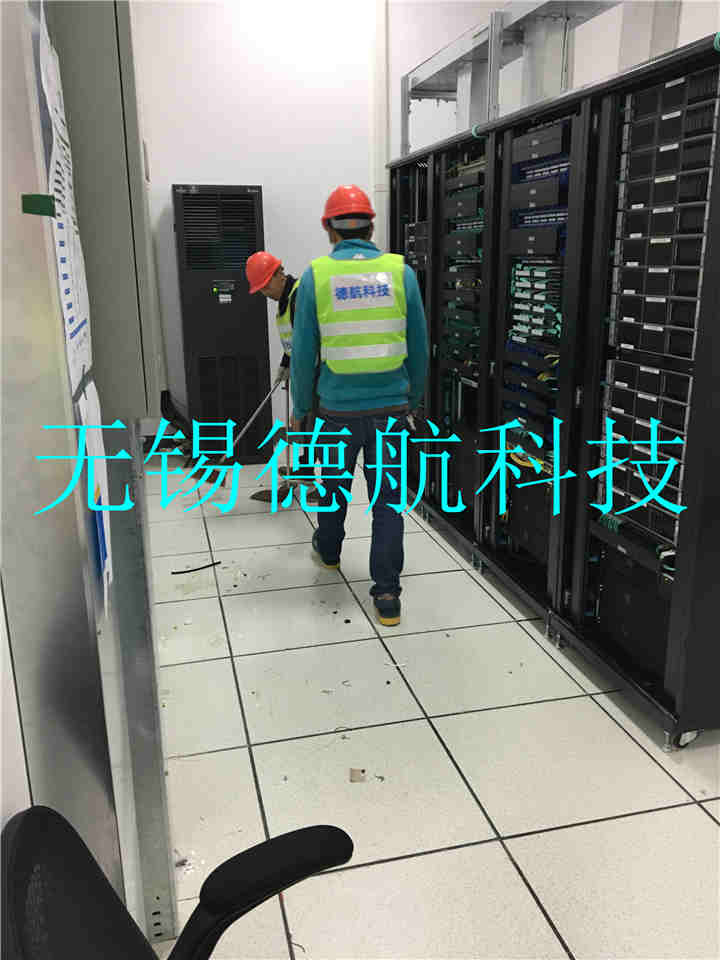
![]()









